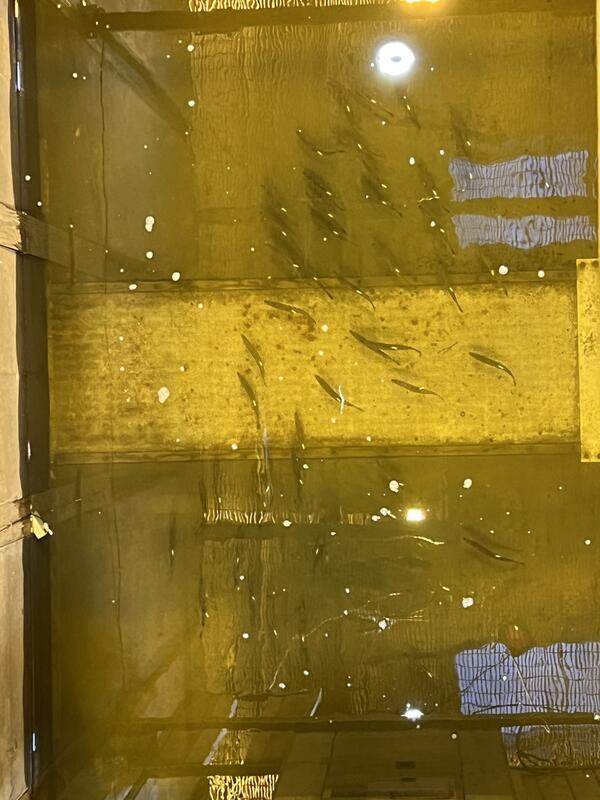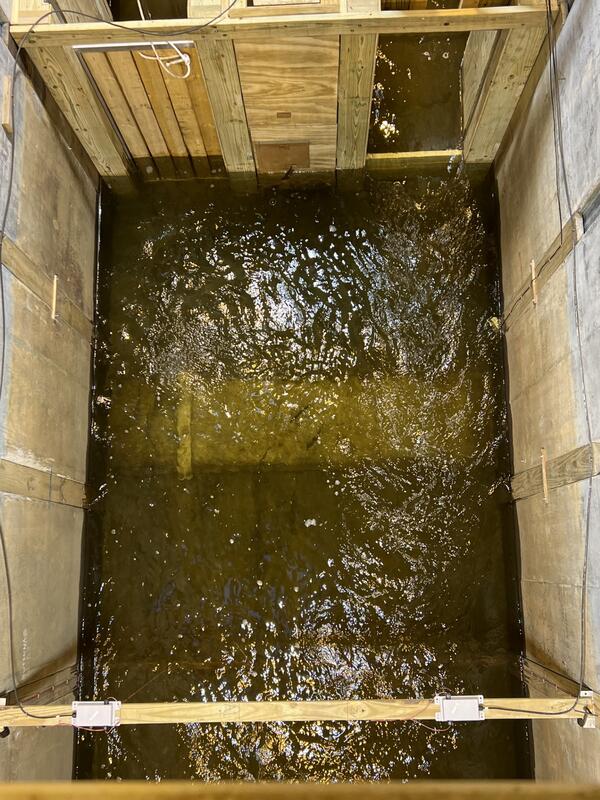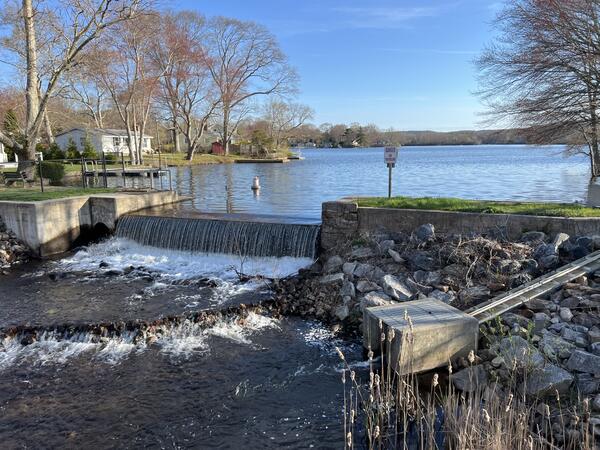Dr. Kevin Mulligan is a Research Hydraulic Engineer at the U.S. Geological Survey's Eastern Ecological Science Center (S.O. Conte Research Laboratory). His research focuses on improving fish passage structures, which are essential for sustaining healthy fish populations while balancing the needs of the fishing and hydropower industries. By integrating hydraulic modeling with experiments on live, actively migrating fish, he works to optimize the design and performance of these structures.
Fish passage is critical for migratory species, many of which depend on movement between freshwater and ocean environments to complete their life cycles. Infrastructure like dams and weirs can obstruct these migrations, reducing fish populations and impacting ecosystems, commercial fisheries, and recreation. Kevin’s work helps develop effective fish passage solutions that restore natural migrations while supporting sustainable hydropower, water management, and fisheries.
His research focuses on key species that are ecologically and culturally significant to America’s waterways, including American shad, river herring, sea lamprey, American eel, and white suckers. By improving fish passage efficiency, he contributes to both ecological conservation and the long-term sustainability of fisheries and water resource infrastructure.
Kevin earned his Ph.D. in Environmental and Water Resources Engineering from the University of Massachusetts Amherst in 2015.












